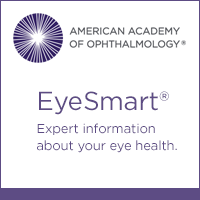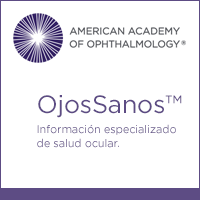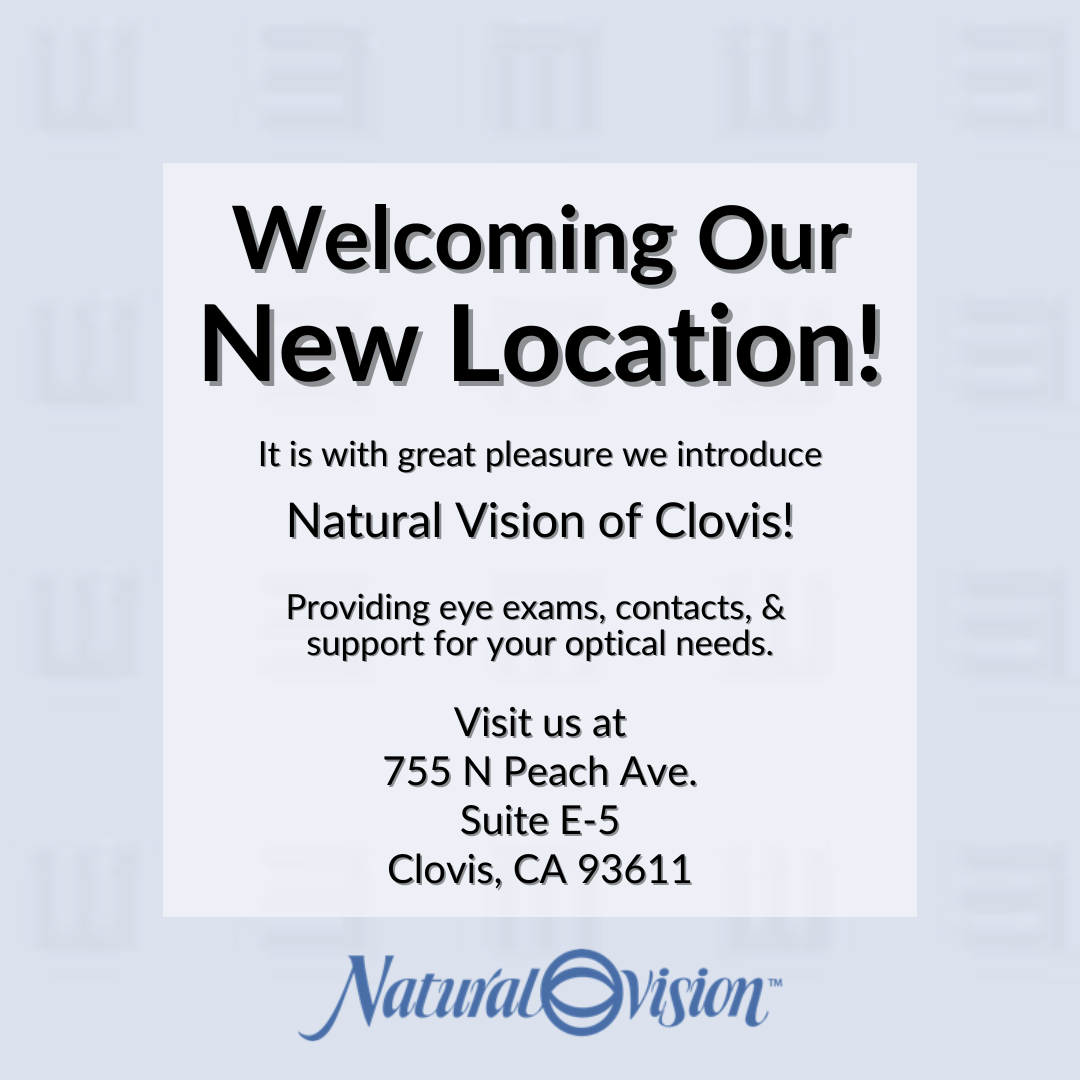It’s not a word that most people use every day, but myopia is becoming an increasingly more common condition. Myopia, more commonly known as nearsightedness, is the inability to see objects clearly at a distance.
When it comes to the prevalence of myopia, the statistics are staggering. In the U.S. alone, more than 40 percent of Americans have myopia and that number is increasing at an alarming rate, especially among school-aged children.1 CooperVision is helping to slow the upward trend in severity through its Brilliant Futuresô Myopia Management Program featuring MiSightÆ1 day contact lenses, the first and only FDA approved* contact lens to slow myopia progression of myopia in children (aged 8-12 at the initiation of treatment).A recent clinical study reveals that MiSightÆ1 day reduced the rate of myopia progression in that age group on average by 59% over a three-year period.2†
Nine-year-old Phoebe Lee knows the impact myopia can have on daily life. Phoebe had passed all her vision screenings in pre-school, but after her first eye exam at age 7, she was diagnosed with myopia and needed glasses. More concerning, her myopia was rapidly progressing. That’s when Phoebe’s mom, Patty, took her to see a certified Brilliant Futuresô program eye care practitioner who fitted her with MiSightÆ 1 day. Since then, Phoebe’s life has changed for the better. “Before MiSightÆ, I had trouble seeing the whiteboard and I couldn’t see the ball clearly when I played sports,” she said. “The contact lenses are so easy to use. In the morning, I put them in and I don’t even remember they’re there until I take them out at bedtime.”
For Phoebe’s mom, the Brilliant Futuresô program offers peace of mind. Phoebe wears MiSightÆ1 day lenses 6 days a week, 10 hours a day—the recommended amount of time to see the most benefit. “As a parent, you want the very best for your child, and I was determined not to let myopia limit Phoebe’s life,” she explained. “It feels good knowing that her nearsightedness won’t increase as quickly.” Learn more about Phoebe’s story here: https://coopervision.com/myopia-management
To learn more or to schedule an appointment, contact our practice at Natural Vision
1Cooper, Y. (2019, May 1). With Childhood Myopia Rates on the Rise, the American Optometric Association Highlights the Importance of Early Intervention through Annual Eye Exams. Retrieved from https://www.aoa.org/newsroom/myopia-rates-on-the-risesyvm
*MiSight® 1 day (omafilcon A) soft (hydrophilic) contact lenses for daily wear are indicated for the correction of myopic ametropia and for slowing the progression of myopia in children with non-diseased eyes, who at the initiation of treatment are 8-12 years of age and have a refraction of -0.75 to 4.00 diopters (spherical equivalent) with ≤ 0.75 diopters of astigmatism. The lens is to be discarded after each removal.†Compared to a single vision 1 day lens over a 3 year period.
2Chamberlain P, et al. A 3-year randomized clinical trial of MiSight® lenses for myopia control. Optom Vis Sci. 2019; 96(8):556-67.





